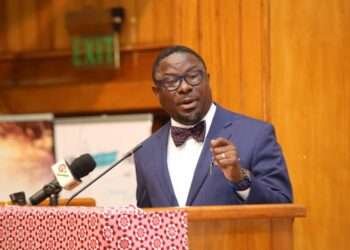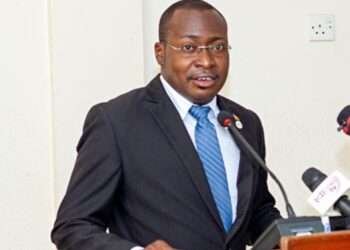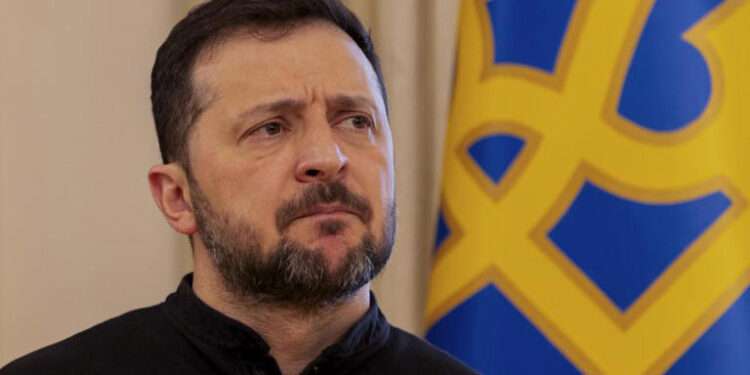The International Monetary Fund (IMF) has announced the establishment of the Resilience and Sustainability Trust (RST), a $41 billion tool designed to finance green projects in developing countries.
This announcement was made by IMF Managing Director, Kristalina Georgieva, during the New Global Financial Pact Summit in Paris. The RST surpassed its initial funding goal of $35 billion and now aims to reach $60 billion.
During her presentation, Georgieva noted that the creation of the new instrument intends to lend for the first time in the history of the IMF long-term affordable financing with a 20-year repayment period, and a 10-and-a-half-year grace period.
“How did we fund it? We funded it with the goodwill of countries like France – and we look forward to the U.S. contributing – that have taken part in their new SDR allocation and, per the promise made, they have made this available to the IMF to enable us to provide this long-term, affordable lending.
“We have reached the commitment pledged in 2021 –the pledge of $100 billion in SDR channelling. Around $60 billion of this pledge is already working at the IMF in the Poverty Reduction and Growth Trust and the Resilience and Sustainability Trust. We have seven countries that have benefited, and we have 40 countries expressing interest. And because of that, I want to announce today we are lifting our ambition to increase by 50% the size of the Resilience and Sustainability Trust, so we can respond to needs.”
IMF Managing Director, Kristalina Georgieva
Rich countries at an earlier meeting committed to secure $100 billion in so-called Special Drawing Rights, or SDRs, a term for funds available to all IMF members in amounts that are tied to the size of their economies.
Many rich countries reallocated a portion of their own Special Drawing Rights (SDRs) to benefit countries with greater needs for emergency funding.
According to IMF, developing countries can access the funds through the IMF in emergencies, adding that accessing the RST does not add to the debt burdens of developing countries. Funds under the RST are used to tackle climate-driven disasters in developing countries.
Georgieva emphasized that RST would play a crucial role in accelerating the green transition in developing countries and enabling them to confront energy transition challenges more effectively.
She also stated that over the years, the IMF has integrated climate considerations into everything they do, because climate is macro-critical.

IMF Set To Aid Broader Range Of Countries
It can be recalled that the IMF’s Poverty Reduction and Growth Trust was open only to low-income countries. Currently, the IMF offers low-cost and zero-interest rate financing to help countries deal with short-term challenges, such as capital flight, inflation or high commodities prices, and medium-term fiscal and financial challenges.
The RST, first proposed by IMF Managing Director Kristalina Georgieva, sought to fill that gap and offer countries affordable financing over extended repayment periods.
According to IMF, to qualify for lending from the new RST, countries would need to develop “credible policy and reform measures,” have sustainable debt and adequate capacity to repay the IMF, and be part of a concurrent financing or non‐financing IMF-supported program.
In addition to providing loans, the IMF revealed policy-coordination arrangements with other countries, including Serbia, Rwanda and Senegal, that do not entail funding.
The eligibility criteria were set up to “preserve economic stability”, while mitigating financial risks to the fund,
Richer IMF member, as disclosed by Georgieva, could contribute to the trust by donating their unneeded Special Drawing Rights the IMF’s own currency reserves, from a $650 billion allocation approved last August.
The funding is also expected to serve as a catalyst for additional public and private financing.





















